Fantastic Beasts And Where To Find Them will be screening in the Plymouth Arts Centre cinema from 16th – 29th December. Tickets available here.
Fantastic Beasts and Where to Find Them is the long-awaited prequel to the hugely successful Harry Potter series.
Published in 2001, Fantastic Beasts is the title of a textbook featured in the Hogwarts syllabus. Written by academic Newt Scamander (a wizard skilled in the care and preservation of magical creatures), the book is already a long-established classic by the time Harry Potter enrols at the school.
The film tells the story of Newt’s travels to 1920’s New York to continue his research into what will become Fantastic Beasts. Set 70 years before the Harry Potter books, Newt finds himself in a city embroiled in economic and political uncertainty. Instead of getting on with his research, he accidentally gets drawn into a conflict between the wizarding world and witch hunters. Newt initially seems out of his depth, but his ability to empathise with others, changes not only his life but those around him.
This tale of transformation, however, is far from straightforward as Newt encounters the might of MACUSA (the Magical Congress of the United States of America). It is an organisation that has had its fingers burnt, and preaches to the magical community to keep itself under wraps. It has good reason to be cautious, as witch hunters (led by Mary Lou Barebone and her New Salem Philanthropic Society) are not only vocal, their ideas are becoming increasingly influential. Painting herself as a mother figure, the family dynamic Barebone has created in her foster children is deeply disturbing. Her adopted son, Credence, flinches and cowers from her (we later learn) with good reason.
It is this separation of appearance and reality that Rowling as screenwriter is keen to exploit. Anyone who’s read Harry Potter knows to keep an eye on the character who claims the moral high ground. Barebone’s assertions that magic needs to be stamped out – erased from history altogether – is given more weight when acts of vandalism, tipping over into the murder of up-and-coming politician Henry Shaw Jnr, point to mystical foes. A large, ungovernable force is intent on destroying New York, brick by brick.
Percival Graves, the head of MACUSA’s Department of Magical Law Enforcement, thinks an Obscurial (the repressed energy of a magical child) is at the heart of it. Suspecting the youngest Barebone child, Modesty, to be the Obscurial, Graves takes advantage of Credence’s vulnerability, leaning on him for information. In his efforts, Graves becomes predatory – Credence’s eagerness to please is the hallmark of an abused child, and Miller’s performance is so truthful it’s almost painful to watch.
Therefore, against this backdrop, when Scamander’s suitcase springs open on a visit to the bank, it lets out more than a few fantastical creatures. Unsurprisingly, this lands him on the radar of MACUSA and demoted Auror Tina (Katherine Waterston). Newt’s attempt to track the missing creatures leads him to Kowalski (Dan Fogler) who is a No-Maj (American for Muggle). They form an unlikely friendship. The shy and awkward Scamander leads Kowalski deeper into the world of magic, with Kowalski meeting and falling for Tina’s sister, Queenie (a luminous Alison Sudol).
As Newt darts across New York, trying to retrieve his mischievous creatures, what becomes clear is that while the Harry Potter films moved from lightness to dark, Fantastic Beasts isn’t afraid to go straight to the heart of the matter. MACUSA is barely in control, as the Obscurial threatens to tear the city apart. But as he makes his way through the city, Newt discovers that he also has an affinity for reading humans too. His ability to see the best in people not only keeps him alive, it makes him invaluable in restoring order to a besieged city.
Where in other films, there would be a danger of the technical virtuosity running away with itself, the Harry Potter films differentiate themselves by acknowledging that above all, character comes first. The same principle is deployed in Fantastic Beasts, and the wealth of on-screen talent is what elevates this film to the next level.
Ezra Miller as the abused and careworn Credence provides the standout performance of the film. Miller already has form with difficult characters (he played the lead in We Need to Talk About Kevin); but his superb interpretation of Credence dominates Fantastic Beasts. It is mournful, empathetic and is already making Miller a talent to watch.
JK Rowling’s villains have a tendency to take centre stage, and Johnny Depp’s cameo as dark wizard Grindelwald is deeply unsettling, even for the few minutes he appears on screen. Depp’s understanding of how to play the villain – with subtlety and menace – contrasts sharply with Colin Farrell’s performance as Graves.
It may be a case of Farrell not being given enough to do, but his performance as Graves errs towards the two-dimensional especially in comparison to his co-star Miller. Farrell is better than this, and it leads me to question whether the fault lies in the part being underwritten.
Eddie Redmayne as Newt quietly leads, with a physically expressive performance that blossoms as Scamander finds his feet, and grows in confidence. It is a charming performance that wins over the audience, slowly but surely. As a second Fantastic Beasts is already on the books, Redmayne has made Scamander a character we want to spend time with. JK Rowling’s heroes have been accused of being bland, but Scamander’s awkwardness and eccentricity make him eminently watchable. He is an imperfect hero, and as 2016 becomes increasingly polarised, watching nuance triumph over the extreme, is not just comforting, it reminds us that such things are still possible.
Fantastic Beasts has a lot to say about extremes – political, social and ideological. Far from being non-committal, Fantastic Beasts illustrates just what can happen when we listen to the voices that shout the loudest. JK Rowling’s exploration of strength and weakness in the Harry Potter novels finds its fullest expression in Fantastic Beasts; for all the magic, Fantastic Beasts is not afraid to get real. It questions our notions of power; who has it, who shouldn’t have it and why.
The familiar markers of a JK Rowling universe are all here; the quirky details, the fantastical and everyday living cheek by jowl. CGI is deployed with remarkable agility to create a magical world that feels entirely human. The special effects are extraordinary – bold and imaginative to the point where they take your breath away. The effects aren’t here as an aside; they become integral to the plot itself.
Fantastic Beasts is a film that excels when it allows itself to be edgy; black to the point of noir. The cinematography – (excellent work from Philippe Rousselot) – depicts a world that is grey, drab and all too familiar. But rather than being depressing, the realism contrasts sharply and beautifully with the colourful, exuberant world of magic.
For all its tales of peril and adventure, Harry Potter is very much played in a major key; the shadows are there, but they’re always vanquished by the final chapter. Fantastic Beasts, by comparison, is a diminutive jewel but the delights it offers up rival any of Rowling’s larger tomes. Size may not be important in Rowling’s world, but ambition certainly is.
It is an uneasiness, deliberate and thoughtfully placed, that makes this film so special. Though filmed well before Brexit and Trump, Fantastic Beasts feels tailor-made for our times, speaking to a deeper truth about where we place our loyalties, and why we so often get it wrong.
Fantastic Beasts is a film not afraid to make us feel uncomfortable. Darkly symbolic, its iconography is at a remove from the cosiness of Harry Potter. It’s not just the effects that will leave you on the edge of your seat. Ending with a trail of possibilities, Newt Scamander returns to our screens in 2018. A lot can happen in two years; it will be fascinating to see what Rowling says next.
Helen Tope
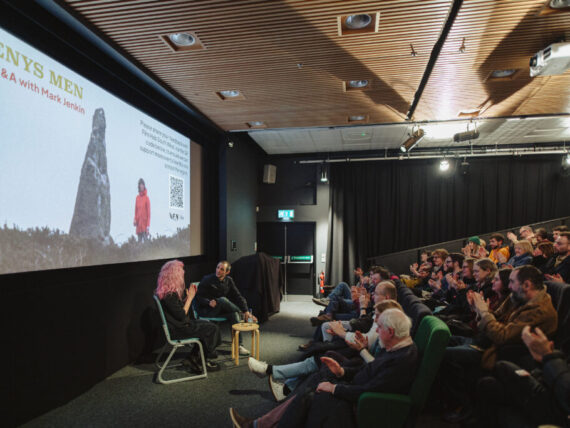

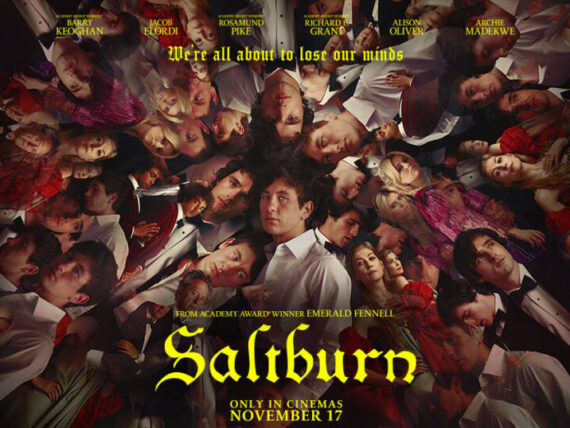

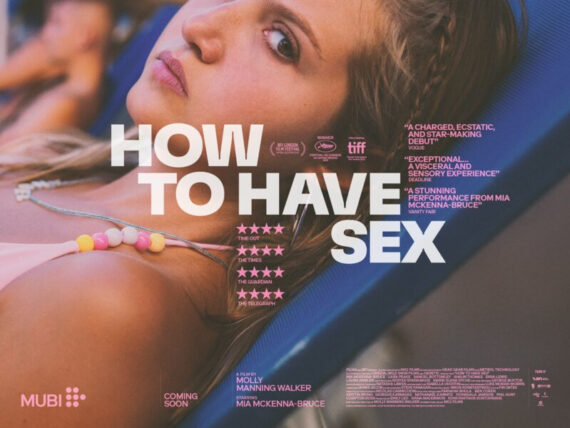
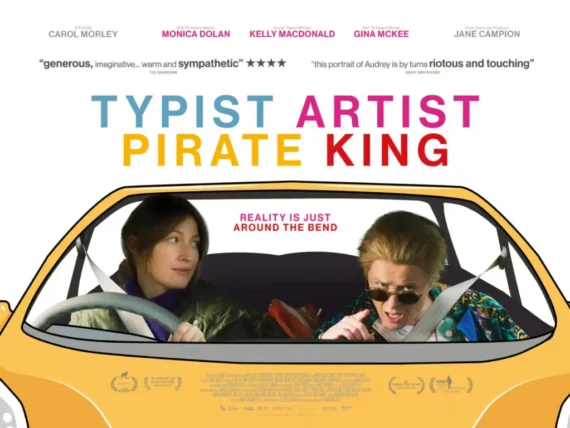
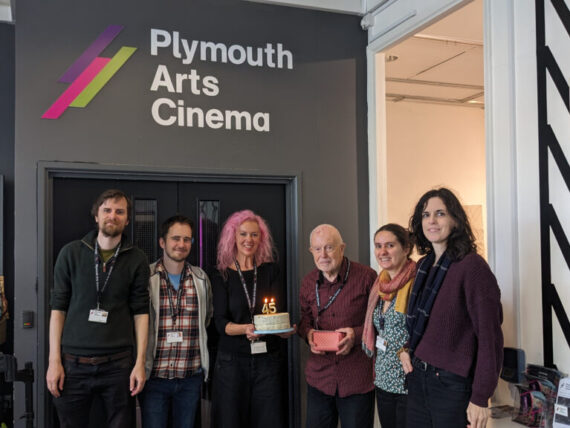

Comments
Comments are closed.